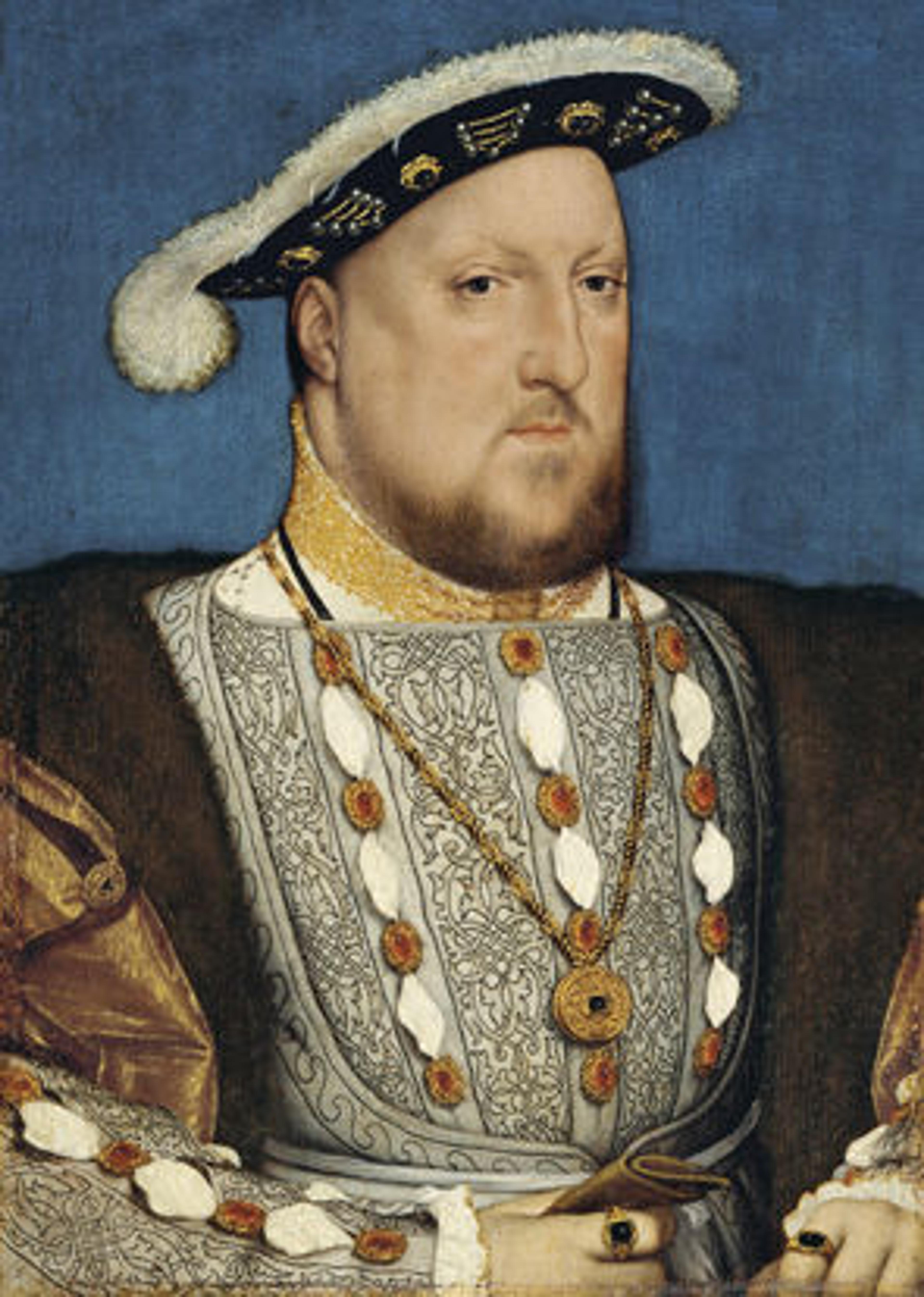Museo Thyssen-Bornemisza in Madrid, Spain. Image via Wikimedia Commons
«Our ten-day trip began in Madrid, with a visit to the Museo Thyssen-Bornemisza, which contains one of the world's most distinguished private collections.»

Acquired over two generations, Baron Hans Heinrich Thyssen-Bornemisza and, later, his wife, Carmen Thyssen-Bornemisza, continued adding to the collection, with the goal of representing all the major periods of Western art, starting from late thirteenth century through the 1980s.
During the guided tour, I was not only struck by how extensive the collection is, but also how well each period in art history is represented. The most remarkable examples of Renaissance portraiture, for example, include Hans Holbein the Younger's portrait of Henry VIII and Domenico Ghirlandaio's portrait of Giovanna degli Albizzi Tornabuoni.
Left: Hans Holbein the Younger (1497/1498–1543). Portrait of Henry VIII of England, circa 1537. Oil on panel; Height: 11 in. (28 cm), Width: 7.9 in. (20 cm). Thyssen-Bornemisza Museum, INV. Nr. 191 (1934.39). Image via Wikimedia Commons
I was particularly amazed by the array of work by Impressionists such as Vincent van Gogh and Edgar Dégas, and nineteenth- and twentieth-century American artists including William Merrit Chase and Edward Hopper—all of which were acquired by Carmen Thyssen-Bornemisza. This encyclopedic collection, as many know it, is a true gem within the "Golden Triangle of Art," which also includes the Museo Nacional Del Prado and the Museo Nacional Centro de Arte Reina Sofía.
It was a wonderful introduction to Madrid after a long day of travel. We concluded the evening with a welcome dinner at the Hotel Wellington, where we all stayed during the first leg of the trip.
